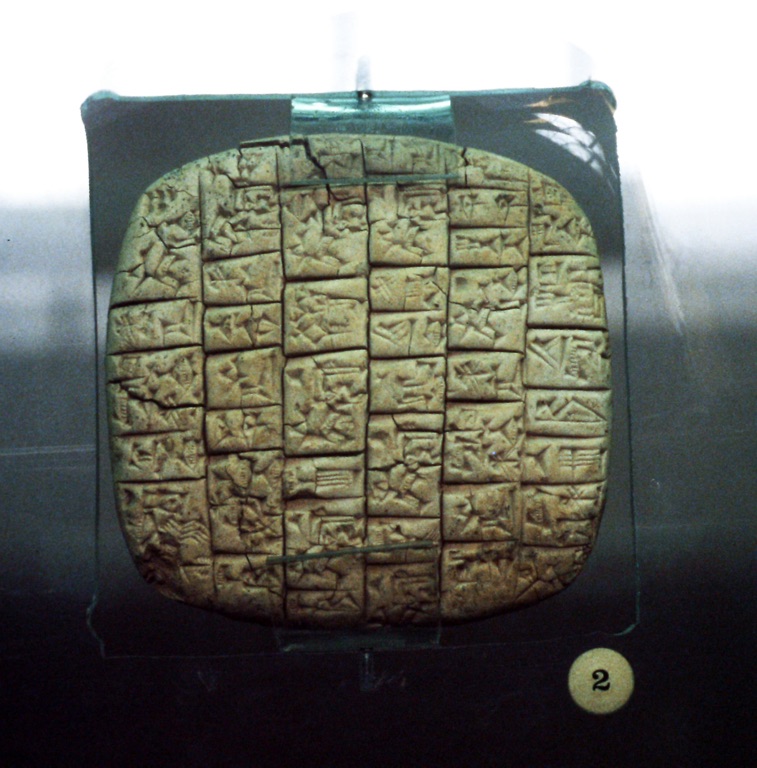The Ebla Tablets are a collection of around 20,000 clay tablets discovered in the ancient city of Ebla, Syria. Unearthed in the 1970s, these artifacts date back to around 2500 BC. They provide a wealth of information on the language, culture, economy, and political life of the period. The tablets are especially significant because they contain one of the earliest known scripts, known as Eblaite, and offer insights into Semitic languages. They also mention cities and places, some of which appear in the Bible, thus providing a historical context to ancient Near Eastern civilizations.
Get your dose of History via Email
Historical Background of The Ebla Tablets
The discovery of the Ebla Tablets was a groundbreaking event in the field of archaeology. Italian archaeologist Paolo Matthiae and his team unearthed them in 1974-1975 at Tell Mardikh, the site of ancient Ebla. The tablets were found in the palace archives, which had collapsed during a conflagration that preserved them. Ebla was a major trade and political center of the third millennium BC, and its influence extended across the region.
The city of Ebla itself was built by a Semitic people who had established a prosperous culture. It thrived as a trade hub, connecting the Mesopotamian and Mediterranean civilizations. The tablets suggest that Ebla was a sophisticated society with a high level of administrative and economic organization. This is evident from the detailed records of trade transactions, diplomatic correspondence, and legal codes found among the tablets.
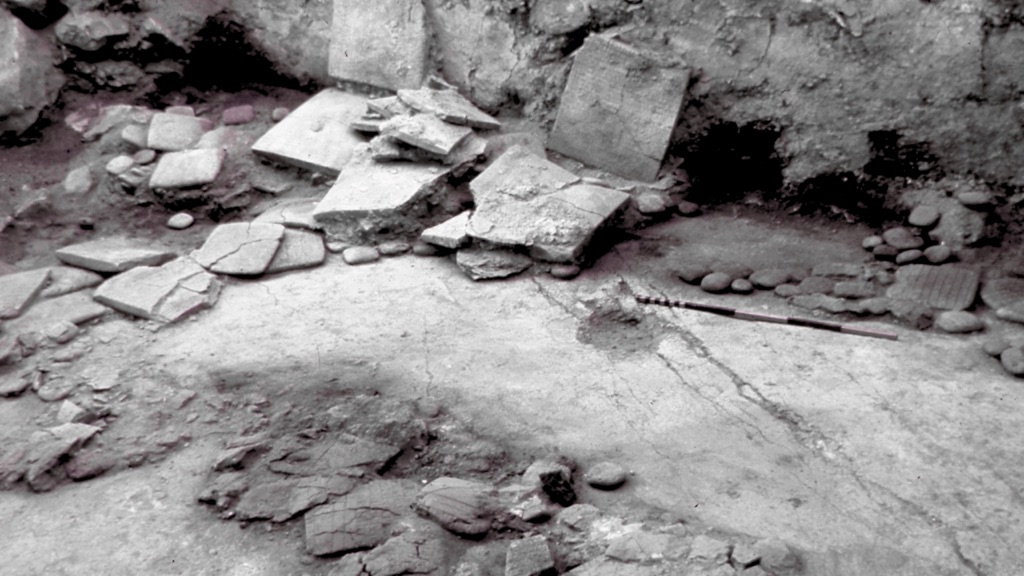
Over time, Ebla fell to various conquering forces. The Akkadians, under the rule of Sargon of Akkad, are believed to have destroyed the city around 2300 BC. However, the city was rebuilt and continued to be inhabited until around 1600 BC. The site of Ebla was then abandoned, only to be rediscovered thousands of years later, providing a time capsule of ancient Near Eastern history.
The Ebla Tablets have shed light on the political landscape of the time. They mention treaties, wars, and alliances that Ebla had with other states and cities. This includes references to powerful kingdoms like Mari and mentions of cities such as Damascus and Byblos, which are among the oldest continuously inhabited cities in the world.
The discovery of the Ebla Tablets was not just a significant archaeological achievement but also a cultural revelation. It provided a snapshot of life in the third millennium BC, offering insights into the daily lives of the Eblaites. The tablets are a testament to the city’s historical importance and its role in the broader context of ancient Near Eastern civilizations.
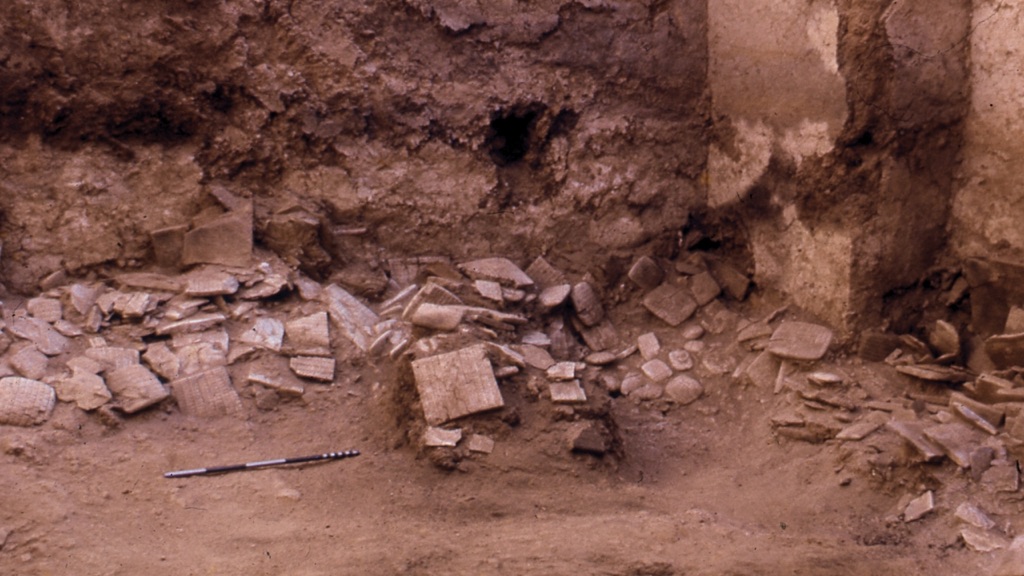
About The Ebla Tablets
The Ebla Tablets are primarily composed of clay, inscribed while the material was still wet. Scribes used a stylus to etch the cuneiform script into the tablets, which were then baked to preserve the writing. The tablets vary in size, with some being small enough to fit in the palm of a hand, while others are larger, akin to a modern-day tablet device.
The content of the tablets is diverse, encompassing administrative records, economic documents, political treaties, laws, and educational texts. They also include lexical lists that have been crucial for understanding the Eblaite language and its relationship to other Semitic languages. The tablets’ inscriptions have provided a wealth of knowledge about the culture and society of ancient Ebla.
Architecturally, the palace where the tablets were found was a significant structure in Ebla. It featured an extensive layout with numerous rooms, courtyards, and even a royal archive. The construction methods and materials reflect the architectural practices of the time, with mud bricks being the primary building material.
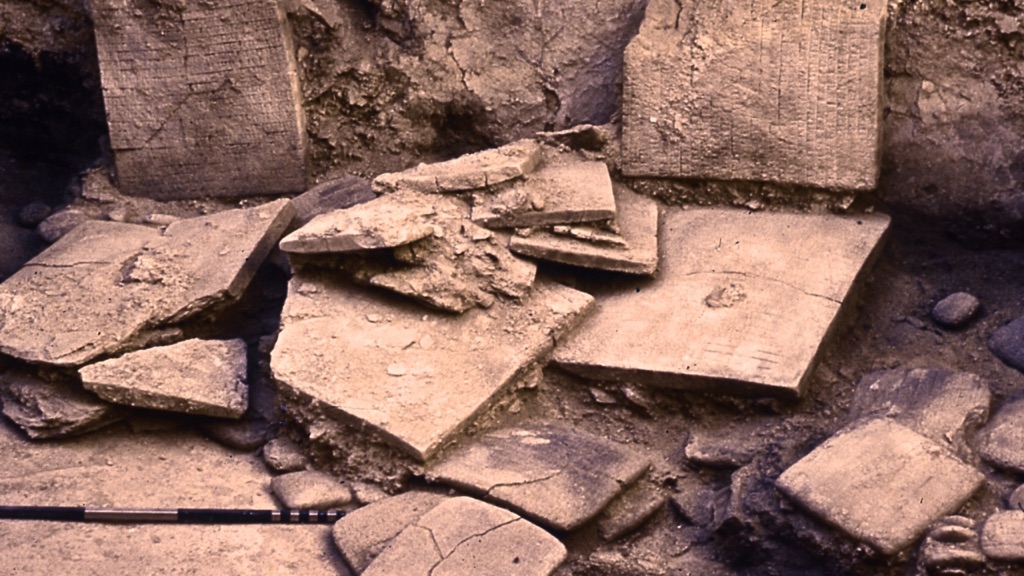
The craftsmanship of the tablets and the precision of the script highlight the advanced level of literacy and education in Ebla. The scribes who created the tablets were highly skilled, and their work has allowed modern scholars to reconstruct aspects of the Eblaite language and script.
The preservation of the Ebla Tablets was fortuitous, as the fire that destroyed the palace archives baked the clay tablets hard, preventing them from disintegrating over time. This accidental preservation has provided an invaluable resource for understanding the early Bronze Age in the Near East.
Theories and Interpretations
Since their discovery, the Ebla Tablets have been the subject of various theories and interpretations. One of the most significant debates revolves around the language of the tablets. Scholars initially struggled to identify it, but consensus now recognizes it as Eblaite, a previously unknown Semitic language.
The tablets have also sparked discussions about the historical accuracy of the Bible. Some scholars suggest that the names of cities and individuals found in the tablets correlate with those in biblical texts. This has led to theories about the influence of Ebla on the Hebrew Bible, although these claims are contentious and subject to ongoing debate.
Another area of interpretation concerns the socio-political structure of Ebla. The tablets reveal a society with a king at the top, followed by a class of merchants and scribes. This has led to theories about the nature of governance and law in ancient Ebla, with some scholars suggesting that the city-state had a form of proto-democracy.
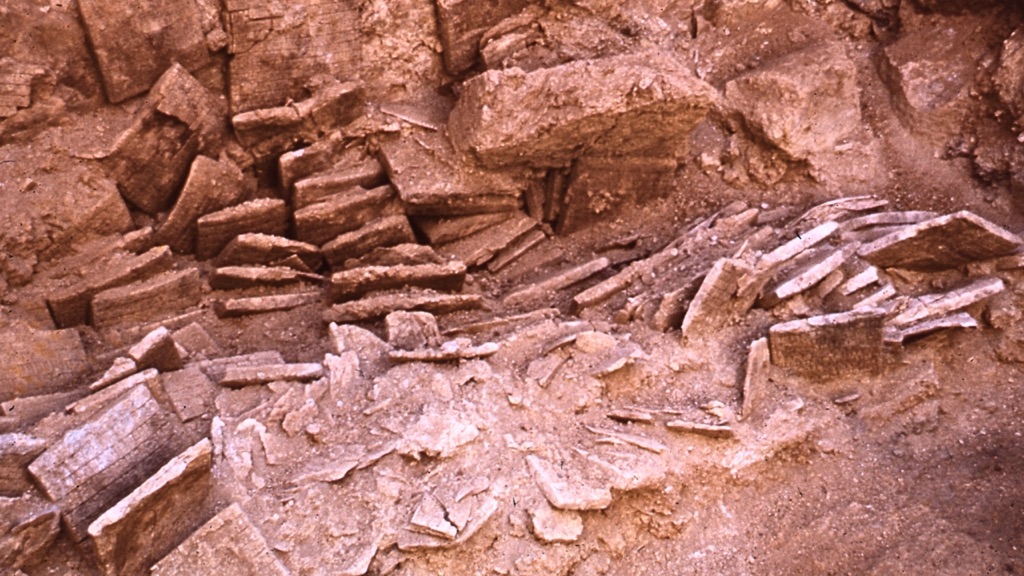
The economic records on the tablets have been used to theorize about the trade practices of Ebla. They indicate that Ebla was part of an extensive trade network, dealing in goods like textiles, metals, and ceramics. This has provided insights into the economic history of the region and the role of trade in the development of early urban societies.
Dating the tablets has been achieved through a combination of radiocarbon dating and analysis of the stratigraphy of the site. These methods have helped to place the tablets within a specific historical context, confirming their age and providing a timeline for the events they describe.
At a glance
Country: Syria
Civilization: Eblaite
Age: Approximately 4,500 years old (circa 2500 BC)
Conclusion and Sources
Reputable sources used in the creation of this article include:
- Wikipedia – https://en.wikipedia.org/wiki/Ebla_tablets
- Britannica – https://www.britannica.com/topic/Eblaite-language

